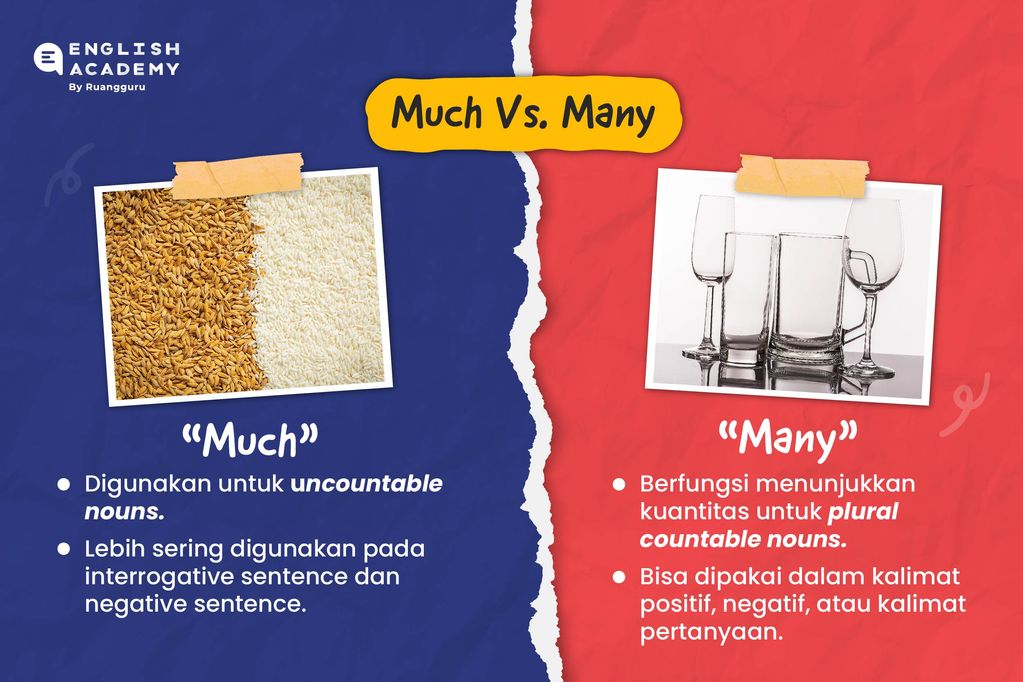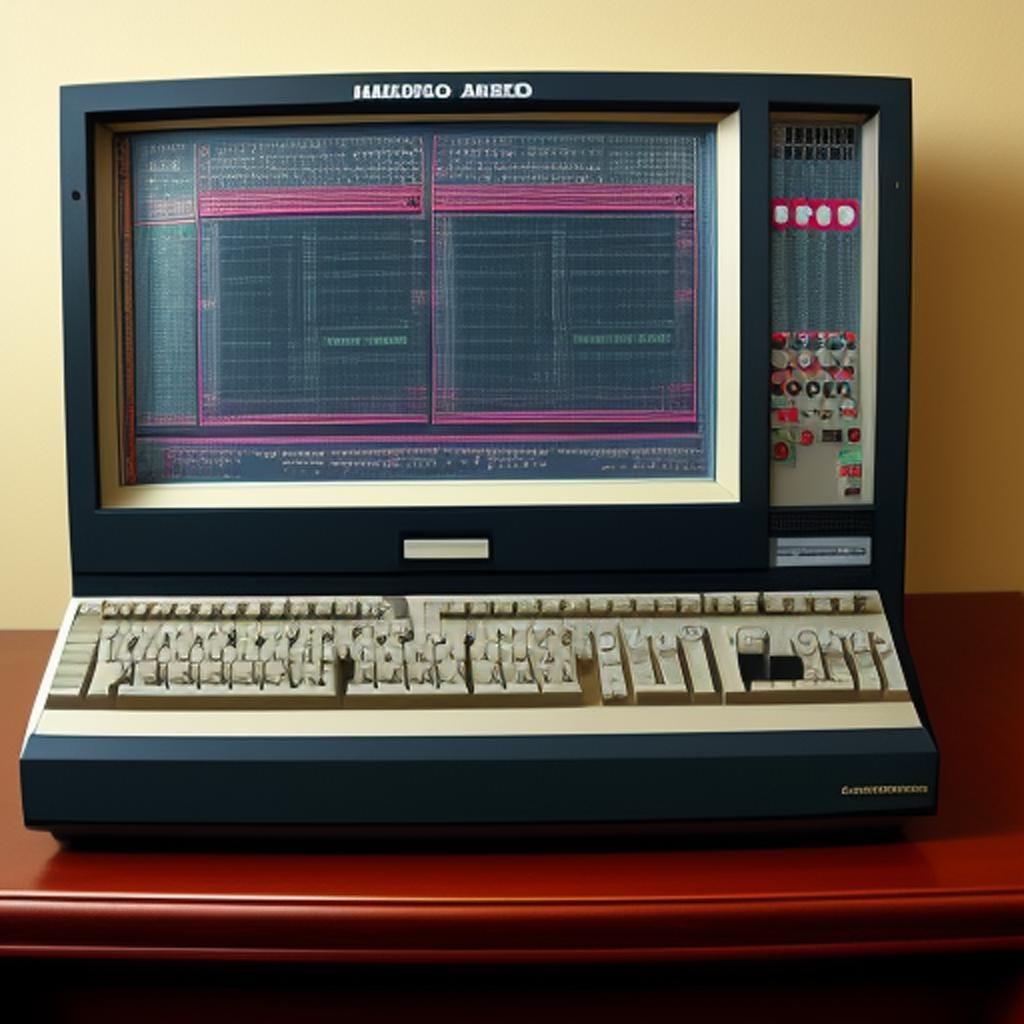Transformative Decorative Arts: How West Africans Adopted Islamic Calligraphy and Geometric Patterns
Introduction
Throughout history, the exchange of ideas between cultures has shaped the evolution of art. When Islam spread to West Africa from the 8th century onward, it brought with it new religious beliefs, social practices, and a distinctive artistic heritage. Two of the most prominent decorative arts or styles that West Africans adopted from Muslims are calligraphy (decorative writing) and geometric patterns . These artistic forms became deeply ingrained in West African visual culture, influencing everything from architecture and textiles to painting and clothing. This article explores the origins, development, and impact of these two styles, providing actionable guidance for those interested in learning more or incorporating them into their own creative practices.
1. Calligraphy: The Art of Decorative Writing
Origins and Historical Context
Calligraphy, specifically the decorative use of Arabic script , is one of the most significant Islamic art forms. As Islam spread into West Africa through trade and scholarship, Arabic became increasingly important-not only as the language of the Quran but also as a marker of prestige and education. The ability to write beautifully in Arabic was highly valued, and calligraphic art became a respected discipline among West African Muslim elites [1] . Islamic calligraphy soon appeared in various media, from manuscripts and amulets to wooden boards used for Quranic study.
Integration into West African Art
West African artists began to incorporate Arabic calligraphy into their visual culture in both religious and secular contexts. Quranic verses were inscribed on mosque walls, prayer boards, textiles, and even jewelry. The written word was believed to possess spiritual power, leading to the creation of protective amulets and talismans adorned with Arabic script. Over time, even non-Muslims came to appreciate the aesthetic and perceived magical qualities of calligraphy [3] . In regions such as Senegal and Nigeria, calligraphic elements continue to feature prominently in paintings and decorative arts [2] .
Practical Applications and Techniques
If you wish to explore or practice Islamic calligraphy, consider these steps:
- Study the basic forms of Arabic script and traditional calligraphic styles (e.g., Kufic, Naskh).
- Experiment with writing Quranic verses, proverbs, or personal names using ink and brush or pen.
- Incorporate calligraphic motifs into textiles, wall hangings, or jewelry.
- Seek out local or online workshops on Arabic calligraphy, which may be offered by cultural centers or art schools.
- Observe examples in West African mosques, markets, and contemporary art galleries for inspiration.
Challenges and Alternative Approaches
Learning Arabic script can be challenging for those unfamiliar with the language. However, many artists adapt calligraphic forms into abstract designs, focusing on the fluidity and rhythm of the lines rather than literal meaning. This approach allows for creative expression while honoring the tradition.
Case Study: Calligraphy in Senegalese Art
In Senegal, renowned artists like
Souleymane Keita
have used Arabic calligraphy as a central motif in their work. Quranic schools often decorate their wooden study boards with elaborate script, turning educational tools into works of art
[2]
.
2. Geometric Patterns: Symmetry and Repetition in Design
Origins and Historical Context
Islamic art discourages the depiction of human and animal figures in religious contexts, leading to the development of geometric patterns as a major decorative style. These patterns, characterized by intricate repetition and symmetry, symbolize the infinite nature of creation. As Islam spread into West Africa, geometric motifs became a hallmark of both religious and secular art [1] .
Integration into West African Decorative Arts
West Africans adopted geometric designs in multiple disciplines. Textiles such as woven cloth, embroidery, and printed fabrics often feature repeating shapes-squares, circles, stars, and interlaced patterns. These designs appear on clothing, architectural reliefs, wall paintings, and even pottery. In architecture, geometric patterns can be seen in the decorative plasterwork of mosques and the carved details of wooden doors and windows [3] .
Practical Application Steps
To incorporate geometric patterns into your own work:
- Study fundamental geometric principles-symmetry, tessellation, and repetition.
- Begin with simple shapes (e.g., squares, hexagons) and experiment with combining them into more complex motifs.
- Use tracing paper or digital design tools to create repeating patterns for textiles or wall art.
- Draw inspiration from West African fabrics such as bogolanfini (mud cloth) and embroidered garments, which often display Islamic geometric influences.
- Consider attending workshops or seeking mentorship from textile artists or architects specializing in Islamic design.
Challenges and Solutions
Creating precise geometric designs by hand can be time-consuming and requires patience. Artists often use stencils, compasses, or digital tools to achieve accuracy. For those without access to formal training, free online tutorials and pattern libraries can provide valuable guidance.
Example: Fulani Mosque Architecture
Fulani mosques in Guinea are a striking example of geometric design in West African Islamic architecture. These buildings feature rectangular forms with repetitive wooden beams and decorative reliefs inspired by both local traditions and Islamic aesthetics [3] .
Alternative and Contemporary Approaches
Today, many West African artists and designers blend traditional Islamic decorative arts with modern techniques. Contemporary painters, fashion designers, and architects draw upon calligraphy and geometric motifs to create innovative works that resonate globally. Digital design tools and international collaboration have made these styles more accessible than ever before.
How to Learn More and Access Resources
If you are interested in exploring these decorative arts further, you can:
- Visit museums with African and Islamic art collections, such as the Smithsonian National Museum of African Art or the British Museum . Search for their official websites for exhibition information and virtual tours.
- Attend cultural festivals and workshops organized by West African or Islamic cultural centers in your area. These may offer hands-on experience in textile arts, calligraphy, or pattern design.
- Consult academic publications and art history texts on West African and Islamic art. University libraries and online platforms like JSTOR or Google Scholar can provide access to scholarly resources.
- Participate in online forums and social media groups dedicated to African art and Islamic calligraphy to exchange ideas and find mentorship opportunities.
For those seeking formal education, many universities and community colleges offer courses in world art history, textile design, or Islamic studies. Art supply stores and online retailers can provide the materials needed for practicing calligraphy and pattern-making at home.

Source: psychoactif.org
Summary and Key Takeaways
The adoption of calligraphy and geometric patterns from Muslim cultures transformed West African decorative arts in lasting ways. These styles not only enriched the region’s visual language but also facilitated cross-cultural exchange and innovation. By studying these forms, artists and enthusiasts can gain a deeper appreciation for the interconnected history of African and Islamic art-and continue to develop new creative expressions for the future.
References
- [1] Miss Mackey’s Classroom (n.d.). The Influence of Islam on West Africa. PDF resource on Islamic influences in West African art and culture.
- [2] Tingatinga Art (2025). The Role of the Arab World in African Paintings. Article on Islamic calligraphy’s impact on African visual arts.
- [3] The Bright Continent (n.d.). Islam and Art. Chapter on Islamic artistic influences in West Africa.
MORE FROM gowithdeal.com













